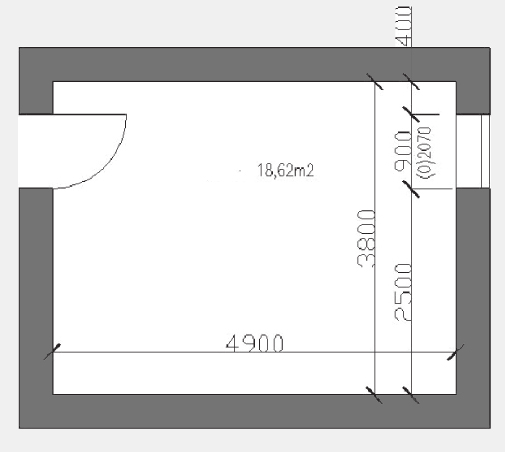When solving the quantity of natural daylight, we often resort to the simplifying rule of 1/10 for the glazed area relative to the room's area. The following assessment prepared by FAST VUT Brno clearly indicates that this rule is not always a guarantee of properly designed lighting for the room. A popular solution for attics with a façade French window in the gable is an example of this. This window meets the 1/10 rule for the glazed area, but it does not fulfill the mandatory legislative requirement of ČSN 73 0580-2 Daylight in Residential Buildings regarding the required value of the daylight factor.
























